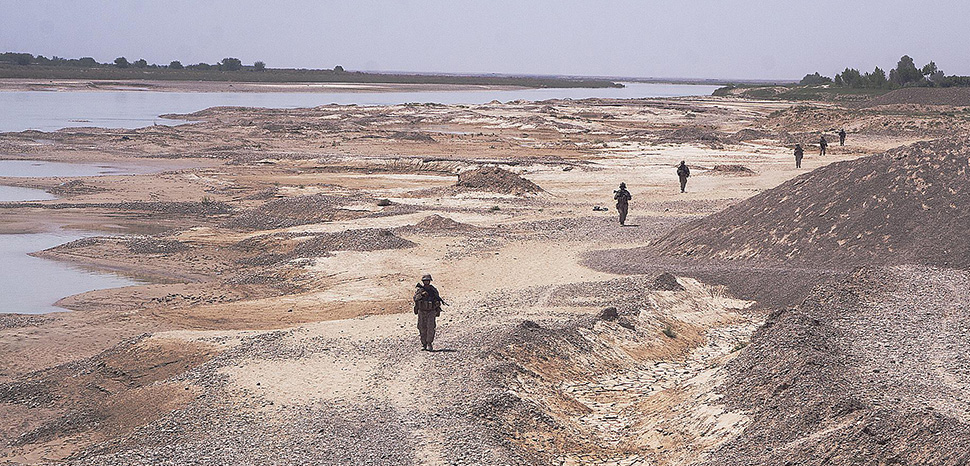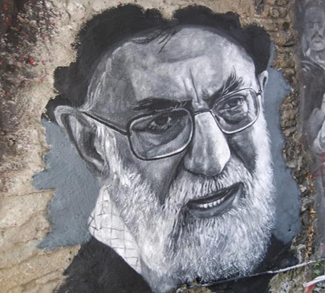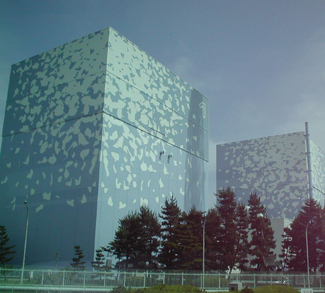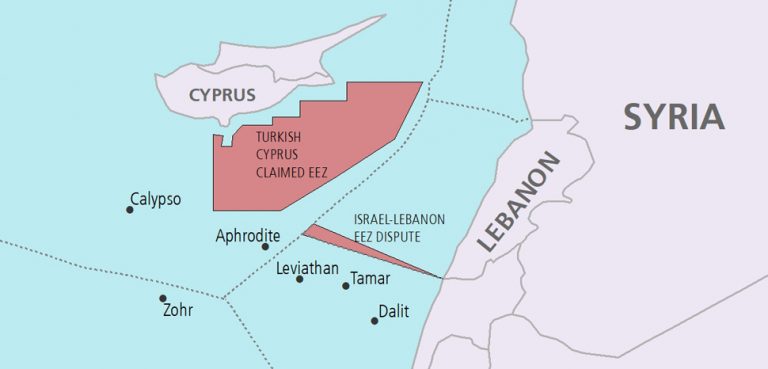Over the past few months, tensions have escalated between Afghanistan and Iran, culminating in recent border clashes that have left both nations on high alert. The crux of this conflict lies in a dispute over shared water resources, with the Helmand River serving as the primary point of contention. This river, essential in this arid region, spans the geopolitical divide, directly affecting the livelihoods and strategic interests of both nations.
Background of the Water Rights Issue
The heart of the disagreement lies in the Helmand River, a waterway spanning over 1,000 kilometers that originates in Afghanistan and extends into Iran’s drought-stricken eastern provinces. Historically, this river has been a vital water source for both countries, supporting agriculture, electricity generation, and sustenance in arid regions.
However, water scarcity, driven by climate change and recurring droughts, has intensified the contention over the rights to the river’s resources. Iran has been particularly affected, enduring a severe drought for over three decades that has left an estimated 97 percent of the country experiencing some degree of water stress, according to the Iran Meteorological Organization. Concurrently, Afghanistan is wrestling with its third year of unrelenting drought, exacerbating the pressure on their already strained water resources.
Further complicating the matter is a bilateral treaty signed in 1973, which defined the rights of both nations to the Helmand River. Yet Kabul’s desire to dam the river for electricity generation and agricultural irrigation has triggered Iran’s ire, sparking a new series of disputes over the treaty’s interpretation and application.
Recent Border Clashes and Diplomatic Accusations
This simmering disagreement recently descended into violence, resulting in a heavy exchange of gunfire at a border post, killing at least three and injuring several others. Iran’s state-run media accused the Taliban of initiating the attack, a claim that has been refuted by Afghan authorities. Central to these narratives is a disputed recounting of events, whereby Iran’s reports suggest “significant damage and casualties,” contrasting with Afghanistan’s more muted language on the severity of the conflict.
Nevertheless, tensions remain elevated with the temporary closure of the Milak border crossing, a crucial trade route between the two nations. Furthermore, these disputes risk exacerbating the plight of Afghan refugees in Iran. With nearly 3.5 million Afghans residing there, rising tensions are likely to jeopardize their already precarious situation. Reports of mistreatment and even unlawful killings of Afghans by Iranian security forces have already strained relations.
The confluence of climate change, geopolitical interests, and historic grievances presents a complex tableau that is likely to only grow in importance to the bilateral relationship between Kabul and Tehran.
Regional & International Implications
The fallout from the border clash has implications extending far beyond the Helmand River. With both nations seemingly on a collision course, regional powers are likely to be drawn in. China, a prominent player in the region, has maintained relations with the Taliban government and is a key stakeholder in the country’s political trajectory and economic development. Beijing seeks a secure Afghanistan to access the country’s vaunted mineral wealth, in addition to establishing overland projects connecting the three countries. Consequently, any military confrontation between Afghanistan and Iran is likely to unsettle Beijing and position it as the most influential mediator.
Given the lack of suitable foreign investment alternatives for either Iran and Afghanistan, the prospect of further Chinese investments, particularly in sectors like energy and infrastructure, could serve as a driving force for resolution.
Thus far, international responses to the skirmishes have been relatively subdued. Nevertheless, given the root cause of the conflict and the presence of refugees, mediation from the UN is expected to play a vital role in pushing for policy action. Short-term measures would involve establishing a ceasefire and reinforcing existing diplomatic channels to defuse tensions. On the long-term front, policy attention will emphasize developing sustainable water sharing mechanisms that consider climate change and other extant pressures on water supply that had not been factored into the last water rights treaty signed in 1973 between Tehran and Kabul.
Forecast
Given the inputs of climate change, resource scarcity, and geopolitical interests, the Helmand River dispute is likely to persist until a mutually agreeable solution and successor to the 1973 bilateral treaty can be reached and ratified by both sides. Given its growing diplomatic clout and recent track record in the region, China is likely to fulfill the role of mediator and leverage existing and future projects to broker bilateral talks and push for a resolution.
The ongoing Afghanistan-Iran conflict over water rights presents an acute illustration of the intensifying global struggles for resources, exacerbated by climate change and population growth. The way these nations navigate this dispute, under the watch of regional powers and international bodies, is likely to set a precedent for water disputes elsewhere.




